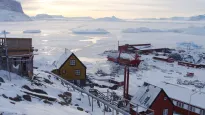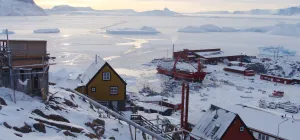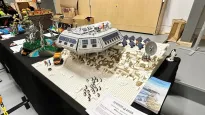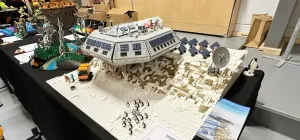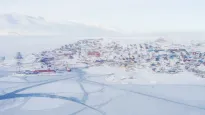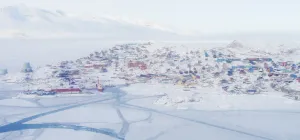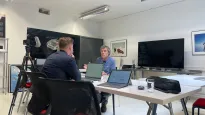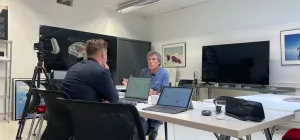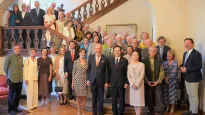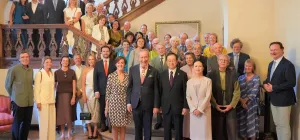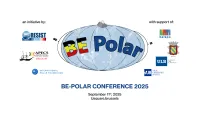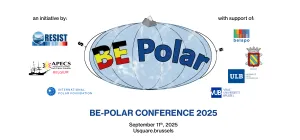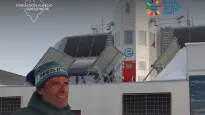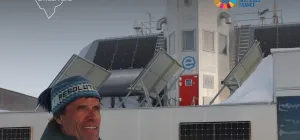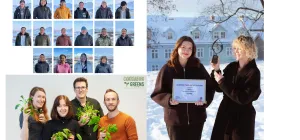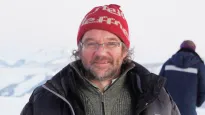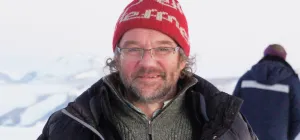Assisting Researchers When They Can’t Be in Antarctica
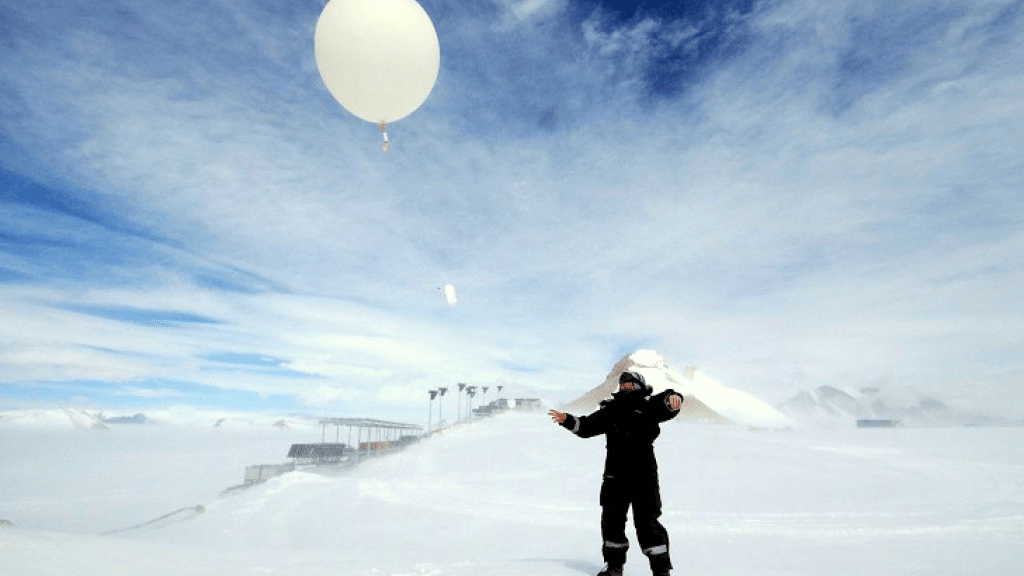
In addition to providing researchers who go to Antarctica with on-site logistical support for their field research, the International Polar Foundation (IPF) staff from the BELARE team are able to give professional assistance to projects that don’t have researchers on-site during every season. Experts such as IPF’s Science Technical Liaison Officer Benoît Verdin are assisting these projects in a number of different ways.
Some research projects have had equipment on-site for many seasons, which Benoît and his colleagues have been asked to maintain. Other research projects ask Benoît and his colleagues to install or switch on instruments at the beginning of the research season to collect data during the three to four months that the Princess Elisabeth Station is occupied. At the end of the seaosn, many of these instruments are brought back to their home institutions. In one project, data is even collected on an instrument sent into the atmosphere via weather balloon!
The following project summaries can give you an idea of the kinds of projects that IPF help can help with when scientists can't be on-site in Antarctica:
- ACME
One such project, ACME, is a collaboration between the Belgian Royal Meteorological Institute (KMI / IMR), the International Polar Foundation (IPF), and the Swiss Federal Institute for Forest Snow and Landscape Research (WSL), involves taking daily radio soundings. Instruments on a weather balloon released every day take meteorological measurements such as temperature, wind speed, humidity, precipitation, and air pressure as the balloon ascends up into the atmosphere after being released. Measurements taken will contribute to the ongoing Year of Polar Prediction (YOPP) organised by the World Meteorological Organization (WMO).
- Maintaining equipment to measure cloud temperature and aerosols used in the AEROCLOUD project is also a task the team is undertaking this season. A collaboration between KU Leuven, the Belgian Royal Meteorological Institute (KMI / IMR), and the Belgian Institute for Space Aeronomy (BIRA-IASB), the project seeks to build a database on cloud, precipitation, and aerosol properties in the vicinity of the Princess Elisabeth station.
- AWDA
Assistance is also being provided to the Belgian Institute for Space Aeronomy (BIRA-IASB) with its AWDA project, which aims to record natural very low frequency (VLF) electromagnetic waves (0 - 10 kHz) in order to pick up “whistler waves” (pulses of low frequency waves in the atmosphere generated by phenomena such as lightning which propagate around Earth’s ionosphere along the planet’s magnetic field lines).
- GIANT
Now going for 10 years at the Princess Elisabeth station, the GIANT project continues to collect GPS, gravimetry and seismology data to track the horizontal and vertical deformation of Earth's surface and how variation in ice mass in the Polar Regions contributes to this. Although no representatives from the project’s research team at the Royal Observatory of Belgium, the University of Luxembourg and the Royal Military Academy of Belgium are on-site in Antarctica this season, BELARE team members will do maintenance on some of the instruments on behalf of the project.
- SEISMO
BELARE team members are also helping researchers from the Royal Observatory of Belgium with maintenance of seismometers at the Princess Elisabeth as part of the SEISMO project, which has also been going on at the station for a decade. The project seeks to gather unique information on the lithosphere and seismic activity in East Antarctica.
Staying connected
Thanks to the station’s satellite link, data collected from the instruments in the various projects is sent back to all of the relevant research institutions in Europe and elsewhere every evening. This link is a big help to scientists, as it allows them to get new data sets related to their project on a daily basis, and communicate with BELARE staff on-site.
It’s nice to be able to stay connected with your instruments even when they're on the other side of the globe!
Download


